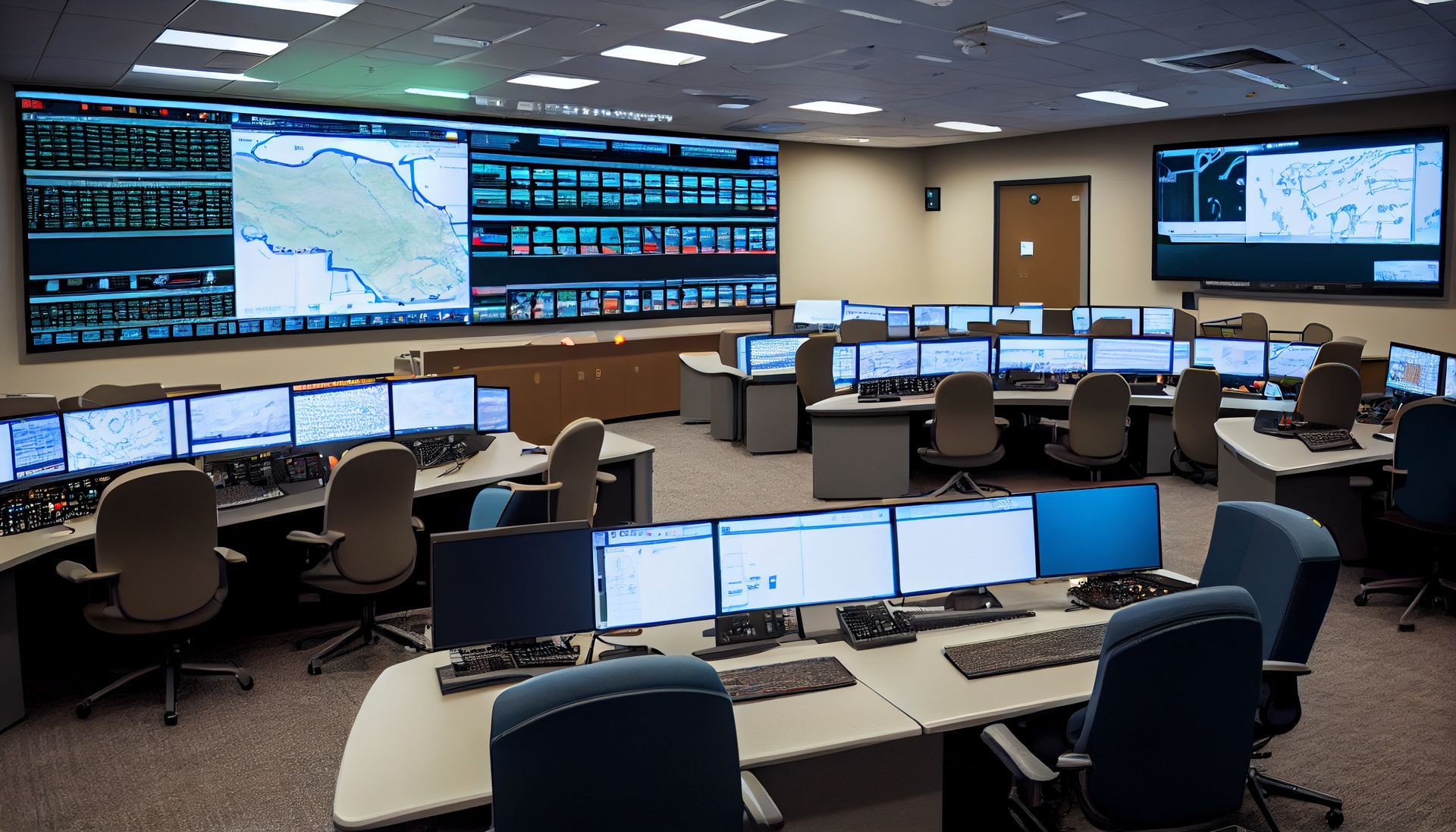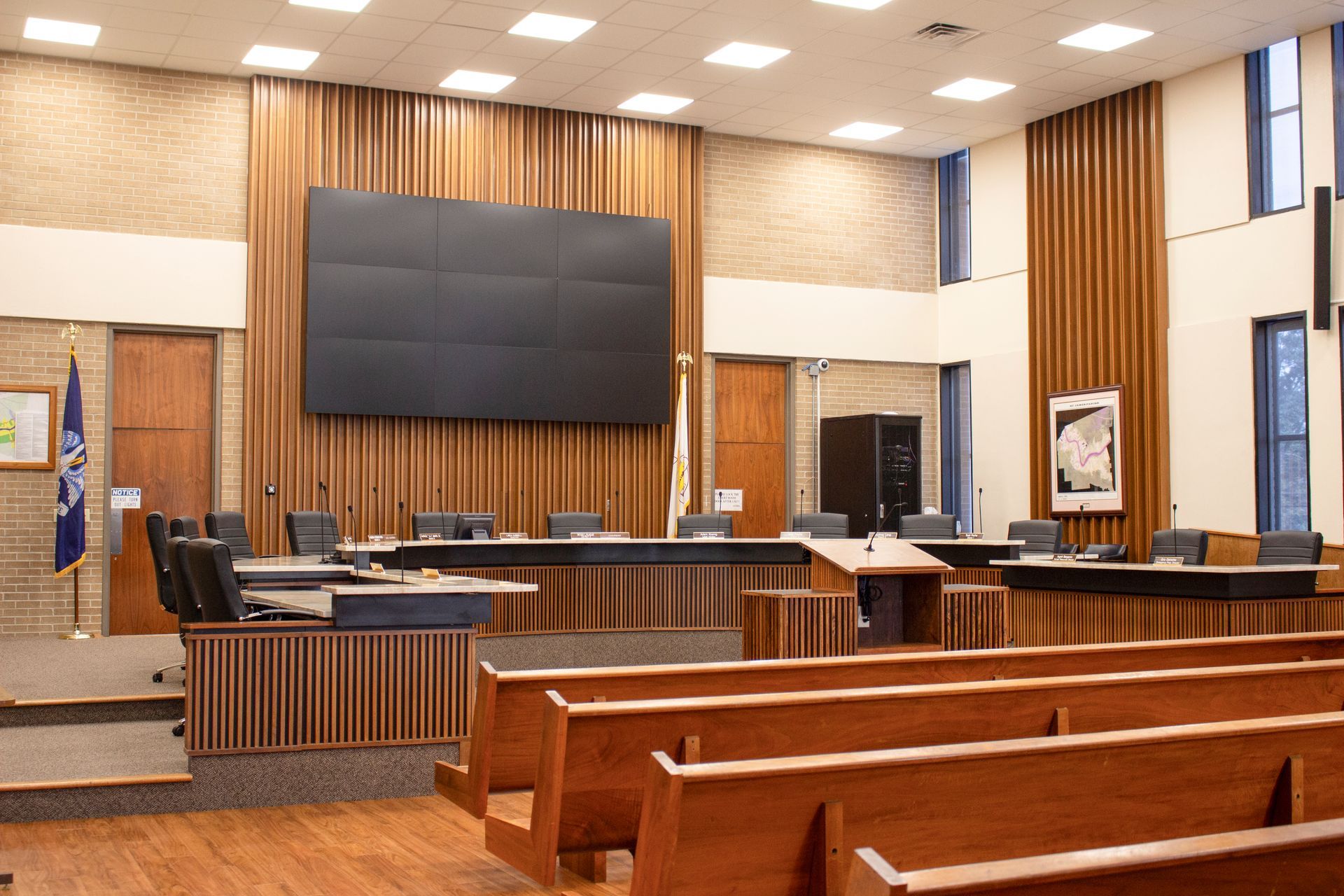USB-C: The Future of Connectivity
Brad Rojas
In the fast-evolving landscape of audiovisual (AV) technology, USB-C has emerged as a game-changer. This versatile and compact connector is reshaping the way we interact with AV systems.
USB-C's ascendancy in AV is marked by its ability to transmit both power and data, simplifying cable management. End Users benefit from a single, reversible cable that connects seamlessly to a myriad of devices, from monitors to projectors. This streamlined connectivity reduces clutter and enhances the overall user experience.
Can USB-C be Used for Video Conferencing and Presentations?
USB-C's high data transfer speeds can support video presentations and conferences, enabling flawless audio and video streaming. This universal connector supports 4K displays and beyond, ensuring stunning visuals for presentations, entertainment, and collaborative work environments.
The USB-C standard's compatibility across various platforms promotes interoperability, allowing users to connect laptops, tablets, and smartphones to AV systems effortlessly. As the industry embraces this universal interface, consumers can expect increased convenience, reduced cable clutter, and a future-proofed AV experience.
Data Transfer and Why My AV System May Not be Working When I Connect with USB-C
USB-C can be used to transfer data at speeds up to 10 Gbps, which is twice as fast as USB 3.1 Gen 2. Many USB-C Cables available for purchase may only support charging. It is important to know there are multiple varieties available.
- Power Only
- Power & Data
- Power, Data and Video
When using USB-C with your AV system is important to ensure you have the right cable to meet your needs.
Here are some additional things to keep in mind when using USB-C:
USB-C is not backward compatible with older USB connectors. Not all USB-C cables are created equal. Make sure to buy a cable that is certified for the task you are trying to do. USB-C is a versatile connector, but it is important to understand its limitations.
As technology changes the experts at Link Integration Group in Baton Rouge are here to help your business.





